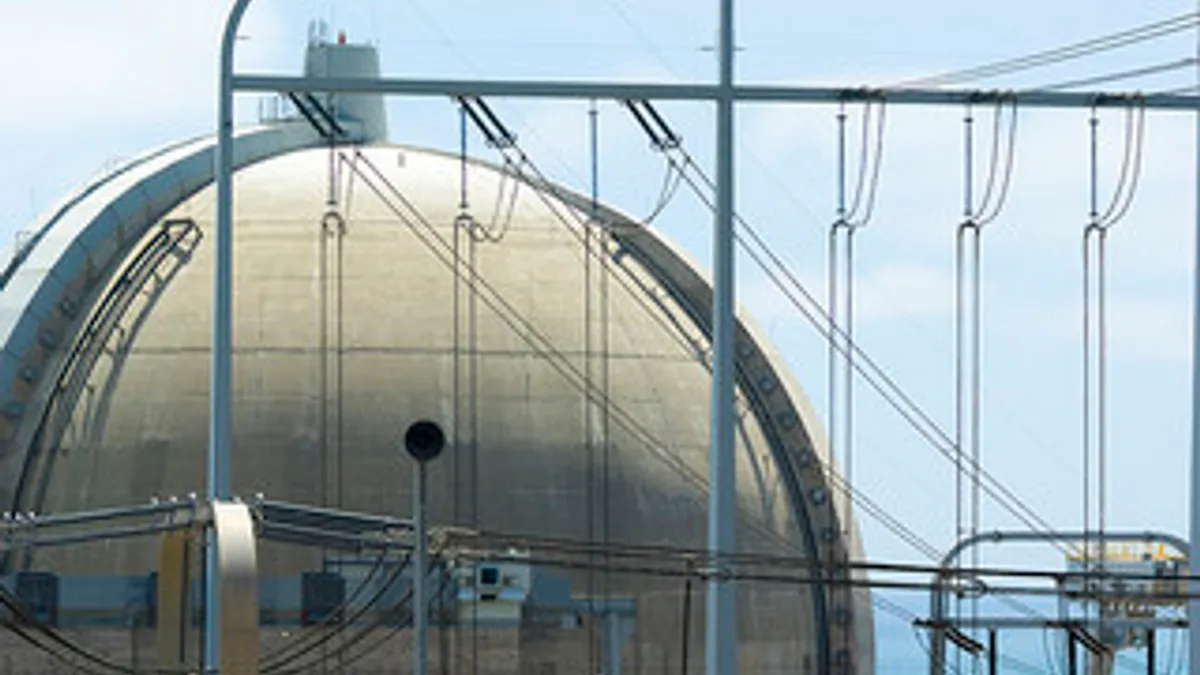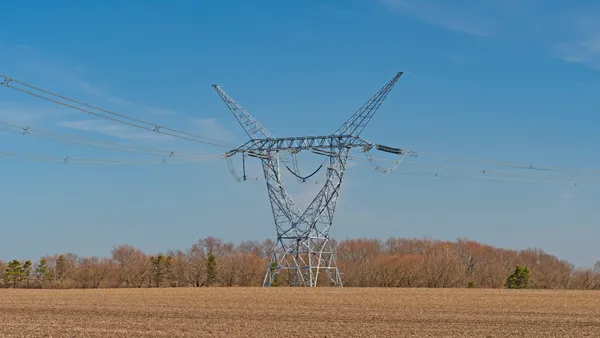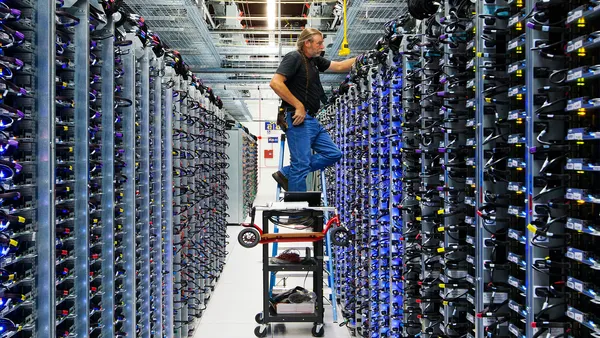With Southern California Edison (SCE) permanently closing the San Onofre Nuclear Generating Station (SONGS) last Friday, definitive plans to boost power reliability and upgrade the region’s transmission system are rapidly underway.
The prolonged outage of SONGS has definitely posed a challenge to power supply since January 2012, when SCE took the station offline due to premature wear on more than 3,000 tubes.
Since June 2012, 2,502 megawatts of capacity has been added to counter-act the loss of SONGS’s critical power.
But grid reliability after SONGS will require more than replacement generation which has cost SCE $500 million since January 2012, the U.S. Energy Information Administration (EIA) reveals.
That’s why this June, SCE is on the job, and completing a host of upgrades to enhance the grid after the SONGS and in the midst of the summer stressors. The upgrades include:
1. Improving long-distance transmission
SONGS was a local power unit near San Diego and Los Angeles and without it, electricity will have to be transmitted from capacity sources outside local bounds. This will require transmission upgrades to continue to supply the San Diego- Los Angeles area.
2. Doubling major circuits
To increase the volume of electricity moved, Southern California Edison must upgrade the existing 220-kilovolt Barre-Ellis transmission line from two circuits to four by June 15.
3. Cranking out the capacitors
To provide voltage support to the transmission grid, capacitors will be added to several substations. And by the end of the month, two natural gas-fired generators at the Huntington Beach facility must be converted to synchronous condensers.
In addition to transmission upgrades, SCE will have to ramp up energy efficiency programs and decide if a new plant needs to be built, the California Public Utilities Commission says.
Would you like to see more utility and energy news like this in your inbox on a daily basis? Subscribe to our Utility Dive email newsletter! You may also want to read Utility Dive's look at how utilities can get consumers to save energy.














